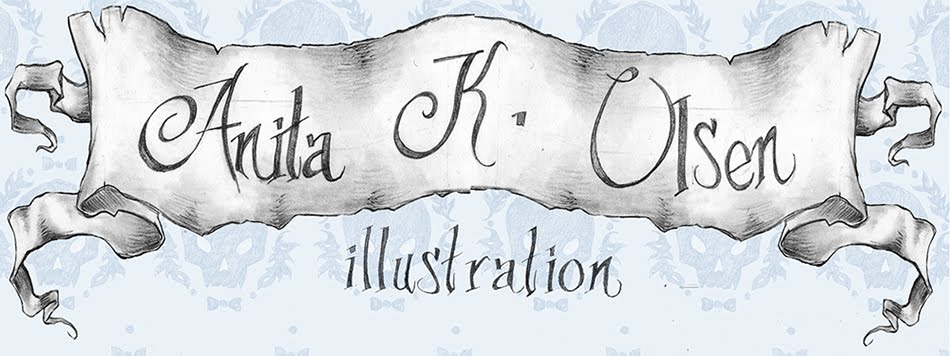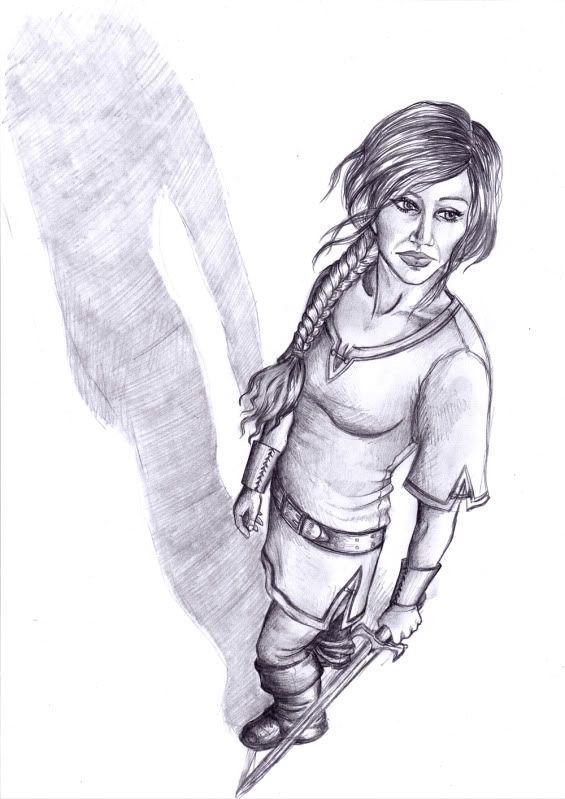So my last post was all about starting a small business. It was quite a long post with what I would call very basic and very general information, but useful nonetheless. It contained all the important points that I felt needed to be answered when I began thinking about starting my own business.
Now I want to continue down that road with some more specific advice.
The advice is as follows;
Be prepared!
If you are dreaming about a business of your own you have to know exactly what it is you are going to do, what your strengths and weaknesses are, where the money is going to come from and what you should spend said money on. You need to be able to answer these questions because they will pop up at some point. Say you are at the bank applying for a loan so you can fund your business, and the consultant asks you what exactly your business intentions are and what you hope to achieve, and how much you think you will be able to earn on your business. What are you going to answer him or her?
Saying "I don't know" is a fool proof way of getting your application rejected. So you have to have a realistic plan, and some sort of plausible budget.This particular advice is based on personal experience and also one of the modules we had to complete during my time at the University of Wolverhampton. This specific module was called "Creative Industries" and consisted of attending lectures where creative professionals talked about their journey to becoming professionals, writing a SWOT Analysis, gathering contact information about potential clients, designing your own business logo and promotional postcard and putting together a professional portfolio. I think that the students prioritized this module very differently. Some just half-assed it and some went into it with fervor. Me I kind of fell into the middle of it to be honest. No don't get me wrong, I'm not one to be sloppy with my homework I work really hard, but I had some problems figuring out what the hell I was going to do. I always second guess myself and I have a huge problem with labeling myself as a person and as an illustrator. I don't know if that is a common problem among my fellow illustrators, but a little gut feeling tells me it might be (I intend to get back to this particular subject in a later post).
Getting back to the subject at hand, it is a very good idea to take the time to sit down and figure out as much as possible about your business before you actually start it. I finished the module, and I got a B, I was quite pleased with that, however that did not mean I was prepared for what lay ahead, if anything it gave me an idea about how much I didn't know about being a creative professional. Which in itself can helpful. Below you will find a small guide on how to prepare yourself for those tough questions that need answering.
1. Skills Audit
This one can be a fun one or a real mind bender. What are your specific artistic skills Are you handy with a pencil? Do you excel with a tablet in illustrator or photoshop? Are you apt at drawing realistic images or is your work more stylized? Are you good with time management or are you perhaps a real people person?Make a list of things that you are skilled at, this will help you to see where your real skills are, and maybe it will also help you to see what you should improve upon.
2. SWOT - analysis
What are your Strengths,Weaknesses, Opportunities and Threats? Write four separate lists where you deatil what your strengths and weaknesses are as an illustrator, and what you perceive to be opportunities and threats in the market.
Two examples:
Because the world is facing an economic crisis there is the possibility that jobs can become scarce or that you may have to settle for jobs that don't necessarily pay too well. This is a "Threat".
There are many free ways of marketing yourself for free through blogs, forums, competitions and challenges. This is an "Opporunity".
3. Short, mid and long term plans?
What are your ambitions for the first year of business, the next 5 years, or the next 10 years? Do you know? Try to map out what it is you hope to achieve in the future. Remember to keep your ambitions achievable. I know we all secretly dream of world domination, but start small ok!
4. Write a business plan. What is the concept behind your illustration business?
1. A good business plan should consist of a synopsis divided into a short section with an introduction on your business idea, a section on who is actually behind the business (as a sole proprietor that is you). The last section is where you properly elaborate on what your business is going to be like and what you intend to do.
2. The next step is where you talk about the market. Where are you going to be situated, are you close to publishers or other potential clients or far away? In what market are you planning to work and how will that choice affect the business? Who are your clients hopefully going to be? Make a list of clients you would like to work for in the future. Don't be afraid to be specific, it's always good to know where your ambitions lie.
3. What can you offer the clients that other illustrators can't? What sets you apart and why should a client choose to work with you? Answer these questions and also try to figure out who your competition is. Is it illustrators working in the same field as you, young illustrators or more experienced artists?
4. How do you intend to promote your business? A nice particular plan is probably to be preferred here. Try thinking out of the box, find clever but affordable ways to do it if you are low on cash.
5. Product and production. How is your illustrations going to be produced? Do you intend to work traditionally or more in the digital realm or both? Where will you work from, a home office or a studio? Will you offer print solutions or not? These are all important things to consider.
6. Budget. All companies need a budget even the small ones. Do some research on prices. What will you need to spend on hardware like computers and tablets? What will you spend on software like Painter or Photoshop and so on? How much will you have to put towards office furniture, paints, paper and other artistic necessities? How much do you think promoting your business will cost you? Once again be as detailed about it as you can. Try pushing your costs down to the bare minimum in the start as you propably need to save as much money as possible.
7. Financing. How are you going to acquire the funds to start your business? Will you take up a loan apply for government funding or are you simply going to try to build up your business as you go along with your own personal resources and the money you make on incoming jobs? This is important to know.
8. Finally, try to estimate how much you will be able to earn in the first year, this will be important as you pay taxes in advance when you run a business (at least in Norway you do).
5.Write a professioanl CV and a Cover letter
Try to make your CV a little creative, make some cool borders or use a special font or maybe try to use some of your artwork somewhere in it. Your CV should always contain your contact information, a list of your former education, previous jobs/projects and people your potential employer can contact for reference, interests and special skills or talents and some samples of your work. Your cover letter should be a short introduction of yourself and what kind of illustrating you do. Remember you are trying to sell yourself so use a professional language and put yourself in a good light (no lying though). A cover letter should have a letterhead/logo at the top and also your contact information.
This is the first page from on of my own Creative CV's. Each page has a different illustration worked in on the side.
6. Design a Business Logo/letterhead
Not as simple as it sounds. Finding your own personal logo can be hard as it is supposed to symbolize you and all you stand for as an illustrator. No pressure (right).
Here is an example of one of my first ideas for my letterhead, but I didn't feel like it expressed me enough.
So I went with this one instead after som experimentation:
7. Design one single illustration that you feel would best describe you and your business, this will be your postcard.
Pretty straight forward, and also possibly the most fun point in this whole preparation process. Try to make an image that showcases your unique talent or your personal style.
8. Collect contact information./Network
Gather as much info you can on potential clients be it publishers, game developers, magazines, merchandising companies etc. Trawl the internet for art directors names and contact information. These are the people who need to know that you exist, these are the people who decide whether or not your business will survive!
So, this was another long and serious post. I've spent quite some time on it to make it as informative and useful as possible, whilst maintaining an easy -to- read feel to it all.
Until next time
Anita K. Olsen

















